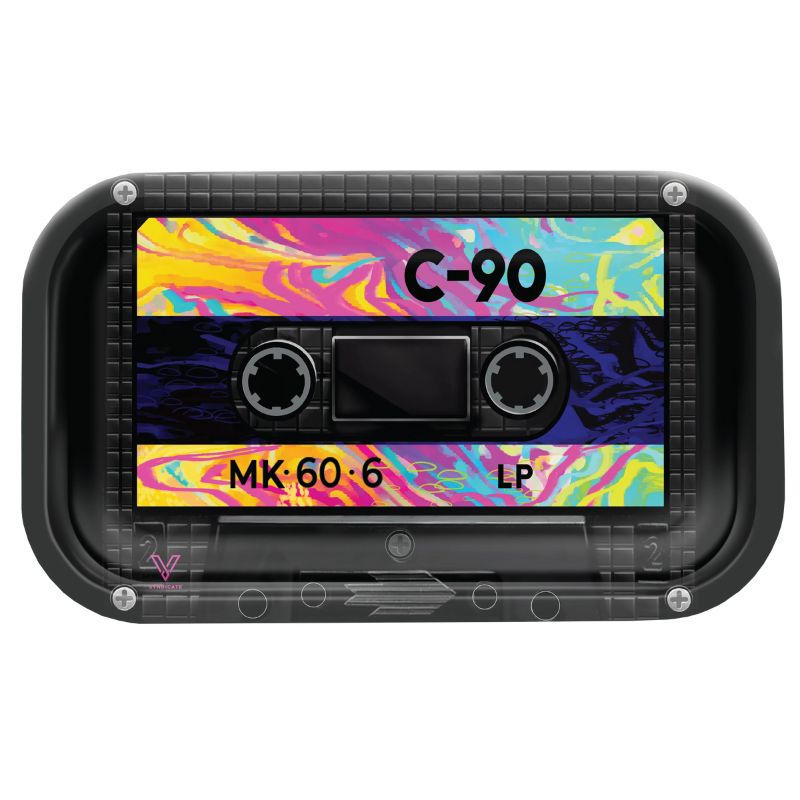The Truth About Cassette Metal Rollin
Nostalgia for cassette tape is sweeping the world, from Taylor Swift’s new release to this month’s Record Store Day. But what’s the truth about this medium?
The answer is that its resurgence is rooted in a new generation of audio cassettes. They offer better high-frequency definition, more sophisticated treble response and are more stable at higher volume levels than standard ferric oxide (Type I) tape.
Type 1
Probably the best known tape for audiophiles, type 1 tapes are famous for their low end reproduction and the “warm” effect they can have on music. They are also able to mellow out harsh digital recordings a bit.

Type 1 cassettes can be found in any standard deck, and most recorders can handle them properly. They can be a bit on the short side when it comes to bass and high end reproduction though, so experimentation is key here.
Type 2
A type 2 tape is the second most common cassette found. These often have a high bias printed on them and will have some form of chrome on them.
These have a slightly accentuated high end to them which some people like. This is a trade off for the low end being slightly compromised.
These tapes are not compatible with all machines so you will need a machine that is setup to record them properly to get the best results. They can also reveal digital harshness in your source material so be careful what you put on them.
Type 3
Type 3 was a combination of types 1 and 2. The idea was to give you the crisp highs of type 2 and the full low end of type 1.
They didn’t take off and never really got the universal market acceptance needed for cassettes.
The biggest problem with this format was the sound. While a good Type II could take a lot of treble without overload or saturation, a good Type III tape didn’t take much treble and would often hiss quite a bit.
Type 4
Type 4 was an interesting tape. It had less hiss than a Type I and could take higher rec levels.
But it had one major disadvantage. It had less natural treble than Type Is, so it wasn’t as good for recording loud things like music or rap.
It never really sold in great numbers. It was only really available to a few dedicated audiophiles who had very expensive tape decks.
Reel to Reel
Reel to reel tape (R2R) is a magnetic audio recording format in which recording tape is spooled between two progressively empty “take-up” reels. The end of the tape is manually pulled from the supply reel, threaded through mechanical guides and over a tape head assembly, and attached by friction to the hub of the second, initially empty takeup reel.
Reel-to-reel tape was the primary audio recording format for professional and amateur musicians until the introduction of compact cassettes in 1963. Although compact tapes were smaller and cheaper than their R2R cousin, they compromised fidelity and made them unsuitable for professional use.
Train Tracks
The Cassette Metal Rollin train tracks are a neat and safe way to transfer stock onto or off your layout. They plug into a special locating block attached to the baseboard outlet track, providing accurate alignment and electrical continuity.
They come in different shapes and sizes, depending on your needs. For instance, this shallow-sided 550mm version has adjustable gates which are automatically locked in place as the loco pushes against them, for added safety during handling.